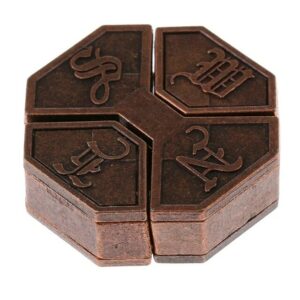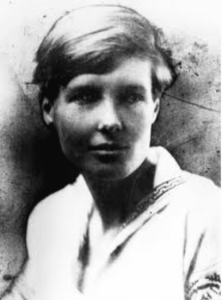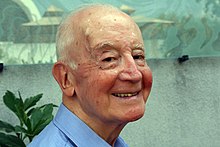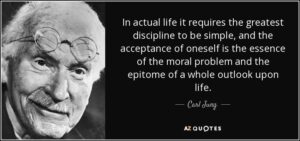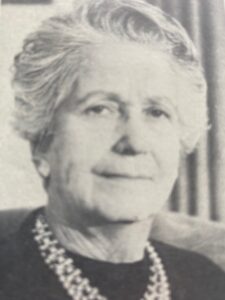Rockpool from the Shetlands
‘An Experiment in Leisure’ by Marion Milner, using the pseudonym Joanna Field, has been described as a spiritual book; it is, in the sense of exploring deeply the underlying motivations of the impulses that emerge through Milner’s memories and reflections. Every encounter with a loved person, even if they had not lasted, had given her something – a clearer picture of what it means to be alive. She remembers an adolescent companionship beginning at eleven or twelve that seemed to hold the essence of the matter:
‘… that day we went with crabbing irons to far-out rocks that the low spring tide had just uncovered, we’d never seen them before – and in the pools we found curious sea creatures, a new world of colours and shapes – unguessed-at ways of living’.
With each love had come new glimpses of experience. When she was 20, she had refused to let a new friendship develop, because she was afraid of its power – then she had a dream:
‘… I was in the bedroom of some house, there were lace curtains over the window, outside I heard music, I looked out and there were gipsies passing, going far away to practise their music on the heather, far away to the north. I ached to go with them, but could not, was impeded by heavy baggage and other things.’
The dream had a great impression on her, she decided that she was letting her fears stifle the growth of experience, and shutting herself away from the gipsy music on the heath, simply because she was not ready to face the power of it.
‘The mysterious force by which one is lived, the “not-self”, which was yet also in me, it was this force that I must learn to know, and to remember continually without fear, a force which had seemed sometimes like a beast within, sometimes like a god. … Certainly, I had found there was something – not one’s self, in the ordinary sense of the word “self” – that could be a guiding force in one’s life; but I thought it would be insolent to call this God. … It seemed then, that all these years I had apparently been trying to reach after, grasp, comprehend, this mysterious and astonishing fact of simply being alive.’
A year after writing this book Marion Milner entered psychoanalysis, eventually training as a therapist and becoming part of the Middle group at The Institute of Psychoanalysis together with Donald Winnicott and others. She continued to publish – her own experimental autobiographical work, and on psychoanalysis – she also painted and wrote on this too; preoccupied by sensory experience at different levels.
Adam Phillips recently said:
‘To me anyway, she’s like a kind of visionary, really, it was that it was as though she’d used psychoanalysis to, as it were, create her own vision. She invented it before she went into it. Then she went into it, used it, and made something of her own of it. And it’s unique. … she had a very clear sense of what she was interested in, what she was moved by. … she did believe in a sort of creative unconscious … an internal resource. … where everything came from. … for her, I think the unconscious was another word for inspiration.’

